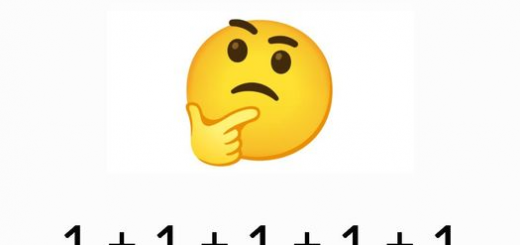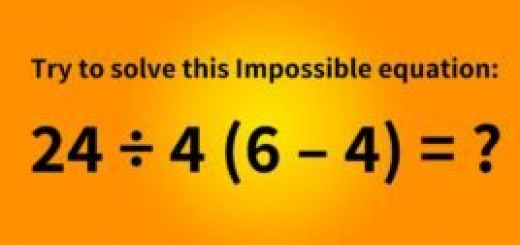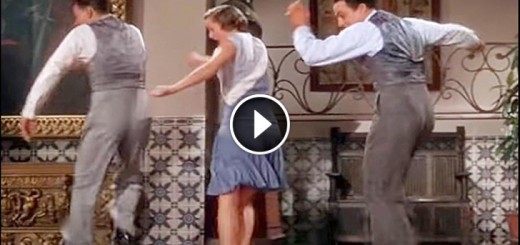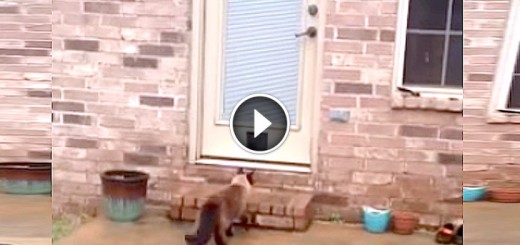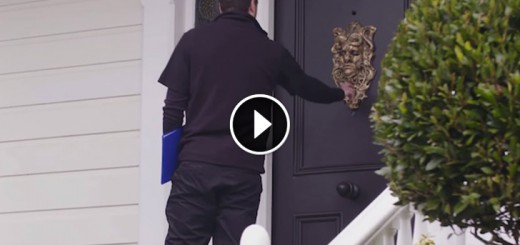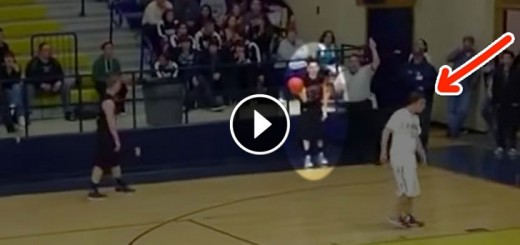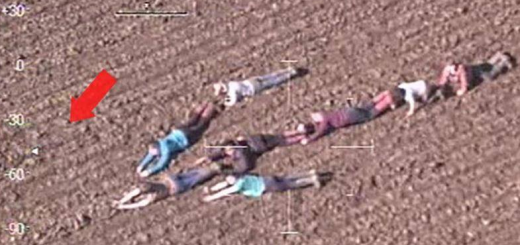According to studies, only 1% of people can spot the animal in this picture. Can you?
Can You Find the Animal?
A photo has recently gone viral because, apparently, only 1% of people can spot the animal hidden within it.

Can you find it?
Our brains are definitely aching from the search, so we might need to revisit this later.
Ready for Round Two?
Have you ever heard of the McCollough effect? It’s a fascinating mind trick where, after staring at colored gratings (alternating lines), your brain starts to see a pinkish hue or other colors when looking at black-and-white lines. To trigger the effect, you simply stare at the center of two colored “induction images” for several minutes, switching back and forth. It works best with green and red lines. Afterward, when you look at vertical black-and-white lines, they may appear red, green, or pinkish in places.
Tilting your head 90 degrees can lessen or enhance the effect. In fact, rotating the induction images and staring at them again can reverse it. The longer you stare at the original images, the longer the effect lasts—sometimes for hours, days, or even a few months. But what exactly causes this phenomenon?
The McCollough effect is named after US psychologist Celeste McCollough Howard, who first discovered this “contingent aftereffect,” an illusion affecting the brain for an extended period.

These are the two induction images that can trigger the effect, if you alternate between staring at their centers for a few minutes. Fredifortakeoff/Wikimedia
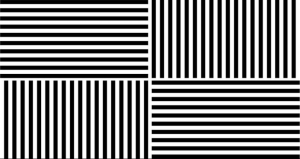
The Science Behind It
Over the years, numerous studies have explored the McCollough effect. In 1975, researchers tested five groups of 16 people. Remarkably, one group showed no reduction in the effect after five days, and for four groups, the effect remained at more than half strength up to 2,040 hours later—almost three months.
You can test the effect yourself with the images below. Be aware that it may temporarily affect your vision, though primarily when viewing vertical or horizontal lines afterward. For the most part, it seems harmless, but proceed with caution.
So, what’s causing it? There are a few theories. One suggests it’s related to neurons in the visual cortex. Another posits that the brain tries to color-correct and gets stuck. A third theory considers it a withdrawal symptom from an absence of color.
A 1995 study examined a single patient with significant brain damage. Despite limited vision, the patient experienced the McCollough effect after viewing red-and-green gratings, suggesting the effect occurs within the visual cortex or between the eye and the brain. Julien Ciroux’s thesis at Edinburgh University supported this, indicating that the primary visual cortex is largely responsible for the effect.
Prevalence and Specificity
A 1969 study found that various red and green stripes produced the aftereffects. Intriguingly, green induction images made vertical grates appear red and horizontal grates appear green, while red induction images reversed these colors. Only red and green seemed effective, while blue and yellow produced weak aftereffects.
Why are red and green so effective? One theory is that neurons in the visual cortex respond more strongly to their “preferred orientation and spatial frequency.” Another study suggested that the JPEG image format’s “plaid-like” patterns, similar to overlaid gratings, might mirror the visual system’s representation methods.
Conclusion
While the exact mechanics behind the McCollough effect remain partially understood, it clearly involves the visual cortex and is more about the brain than the eyes themselves. This phenomenon is a reminder of how easily our brains can be tricked, whether by parallel lines or concentric circles. Brains are weird, huh?


